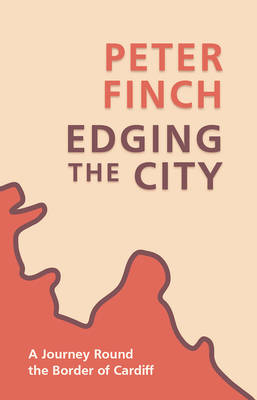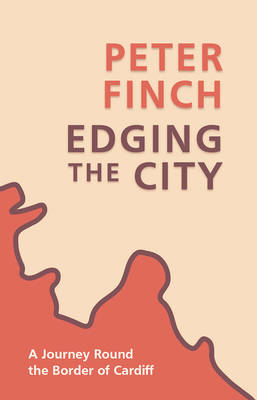
- Retrait gratuit dans votre magasin Club
- 7.000.000 titres dans notre catalogue
- Payer en toute sécurité
- Toujours un magasin près de chez vous
- Retrait gratuit dans votre magasin Club
- 7.000.0000 titres dans notre catalogue
- Payer en toute sécurité
- Toujours un magasin près de chez vous
Description
Peter Finch is perhaps the foremost chronicler of Cardiff, past and present. His response to the 2020 lockdown covid restrictions confining people to their local authority area was to begin walking the boundary of his, in a repeat of his long walk along the south Wales coast recorded in Edging the Estuary. The Cardiff border rarely appears on maps. The city is no longer has walls (like York or Chester), or a modern transport périphérique like London's M25. Instead it's metaphorical dotted line travels across fields, along motorways, up rivers, through forests, over rail tracks and along miles of intertidal mudflats following the edge of the Severn. The border is made up of waymarked trails, city streets, highway liminal zones, woodlands. Mud-soaked tracks up hillsides, bridges, diversions, disentanglements and discoveries all play a part in this informative text created for walkers and armchair travellers alike.
Edging the City explores (sometimes literally) why and where borders exist, their purposes, their love of water courses. It discusses other cities with walkable borders including York, Chester, London, Paris, Bruges and Seoul. It considers legal and geopolitical reasons for borders (the battles over placement of 'Welcome' signs, for instance), how they change and what happens when politics crosses boundaries. Cardiff's medieval and other boundaries are traced. The border is walked, run and sailed. Finch also eats his way around it, and provides textual diversions on crossing road, north Cardiff trees, words for mounds, the mountains of Cardiff, the city's coalmines, its triads, and other apparent oddities. Edging the City is a view of Cardiff like no other, full of insights and discoveries.
Spécifications
Parties prenantes
- Auteur(s) :
- Editeur:
Contenu
- Nombre de pages :
- 280
- Langue:
- Anglais
Caractéristiques
- EAN:
- 9781781726761
- Date de parution :
- 10-11-22
- Format:
- Livre broché
- Format numérique:
- Trade paperback (VS)
- Dimensions :
- 135 mm x 21 mm
- Poids :
- 391 g

Les avis
Nous publions uniquement les avis qui respectent les conditions requises. Consultez nos conditions pour les avis.






